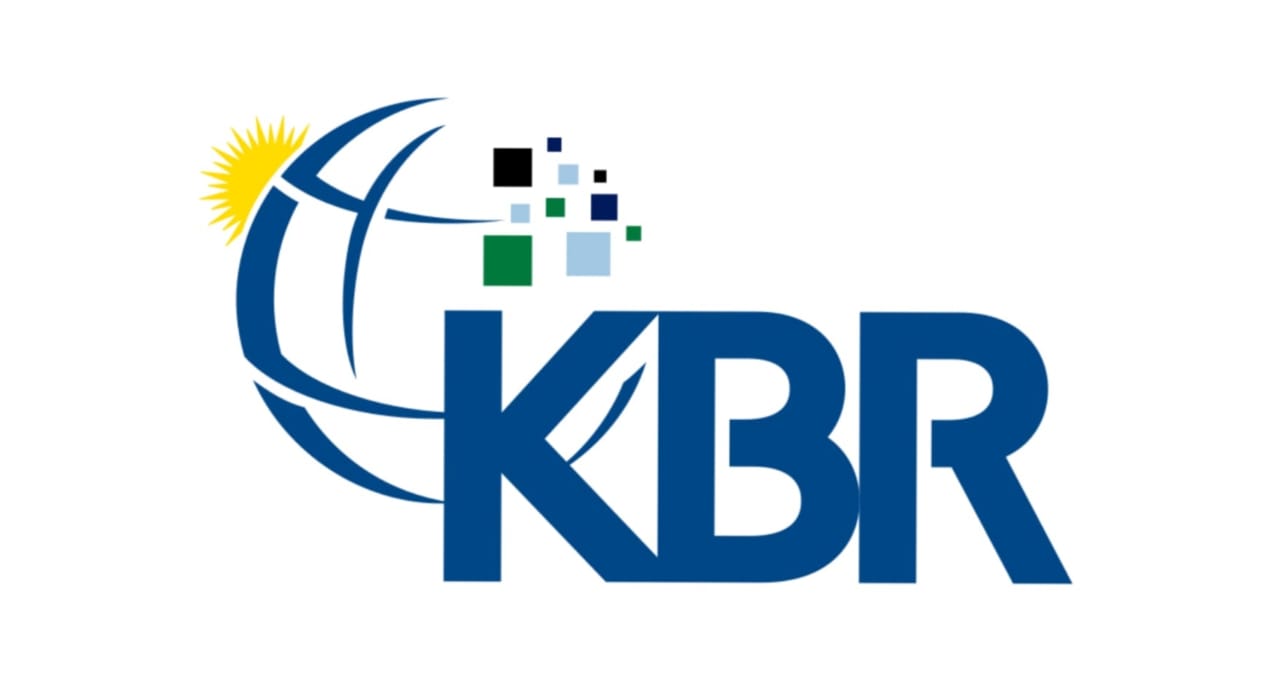Non-Directional Beacon (NDB) System

Request A Demo Today
Please do not hesitate to contact us if you have any queries.
Non-Directional Beacon (NDB) System
A Non-Directional Beacon (NDB) system is a type of radio navigation system that transmits signals in all directions, allowing aircraft or ships to determine their position relative to the beacon. Operating on low to medium frequencies, NDBs are widely used in aviation and maritime navigation, especially in areas where more advanced systems like GPS are unavailable. While they provide wide coverage and are cost-effective, NDB signals are more susceptible to interference and offer less precision compared to modern navigation aids.
Components:
1. Transmitter: The core of the NDB system, which sends out a continuous signal in all directions. This signal is typically in the low or medium frequency range, between 190 kHz and 1750 kHz.
2. Antenna: The antenna transmits the signal generated by the transmitter. NDB antennas are usually vertically polarized to ensure the signal is omnidirectional.
3. Receiver (in aircraft/ship): The aircraft or ship’s receiver picks up the signal. The receiver is connected to an Automatic Direction Finder (ADF), which interprets the signal’s direction.
4. Automatic Direction Finder (ADF): This is an onboard system in aircraft and ships that receives NDB signals and provides directional information relative to the beacon. The ADF points towards the direction of the NDB station, allowing the pilot or navigator to determine their bearing.
Functionality:
• Signal Transmission: The NDB continuously transmits a signal that carries a Morse code identifier, which allows the receiver to identify the beacon.
• Signal Reception: The aircraft’s or ship’s ADF receives the signal, determines the direction of the NDB, and displays it as a relative bearing to the pilot or navigator.
• Navigation: The pilot or navigator can use the bearing information to determine their position relative to the NDB. By using multiple NDB stations, a navigator can triangulate their position on a map.
Applications:
• Aviation: NDBs are widely used in aviation, especially for non-precision approaches and as part of en-route navigation systems. Although newer technologies like GPS and VOR (VHF Omnidirectional Range) have become more prevalent, NDBs are still used in many parts of the world.
• Maritime: NDBs are also used in maritime navigation to provide positional information to ships, especially near coastlines and harbors.
Advantages:
• Simple and Cost-Effective: NDBs are relatively simple to operate and maintain compared to more complex systems like VOR or GPS.
• Wide Coverage: NDB signals can cover long distances, especially at night, due to their low-frequency transmission.
Disadvantages:
• Susceptibility to Interference: NDB signals can be affected by atmospheric conditions, electrical storms, and terrain, which can lead to inaccuracies.
• Less Precision: NDBs are considered less accurate compared to modern navigation systems like GPS or VOR.
Despite being an older technology, the Non-Directional Beacon system remains a vital tool in both aviation and maritime navigation, especially in areas where more advanced systems are unavailable or unreliable. Its simplicity, wide coverage, and cost effectiveness ensure its continued use, though it is gradually being supplemented by more modern navigation aids.







